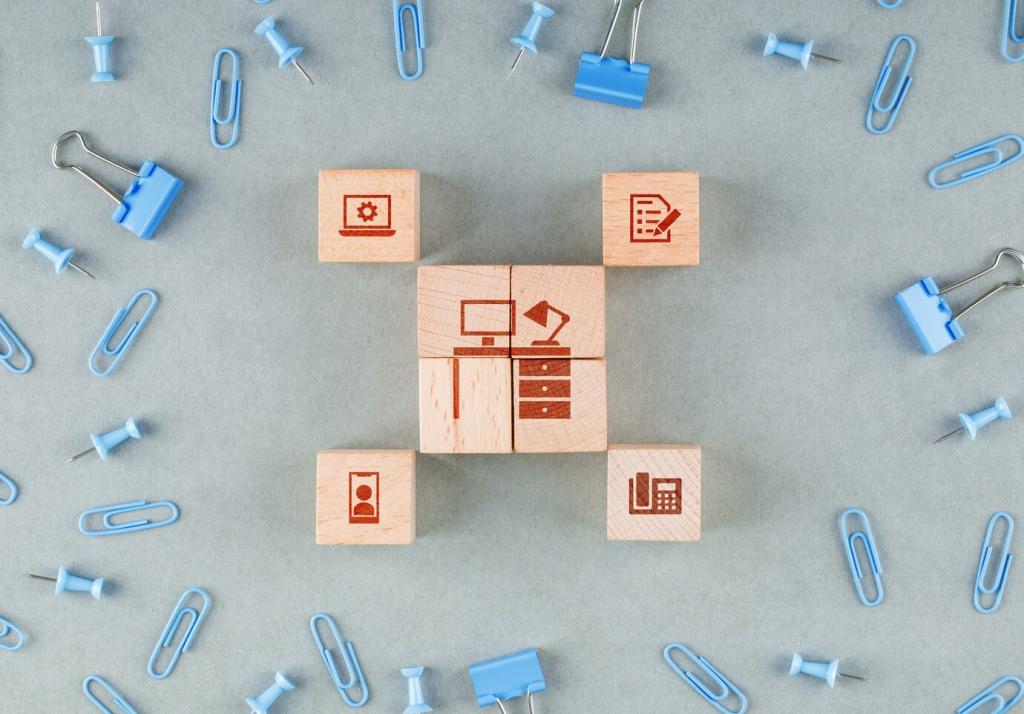Why Digital Encyclopedias Belong in the Classroom
Students often ask, “Where do I begin?” A digital encyclopedia offers accurate, condensed overviews that frame a topic clearly. From there, learners branch into deeper sources, guided by references, related entries, and curated multimedia that sharpen focus.
Why Digital Encyclopedias Belong in the Classroom
A well-written entry can transform a vague question into a testable claim. When students see definitions, timelines, and key terms in one place, they draft better research questions and plan next steps with clarity and purpose.








